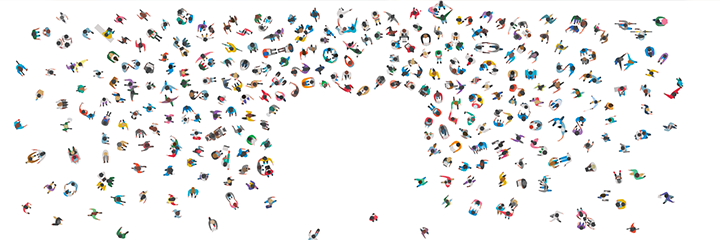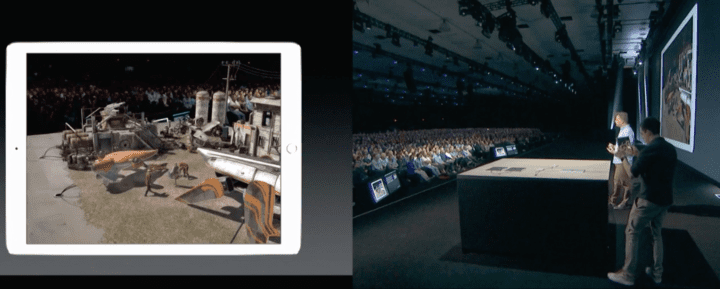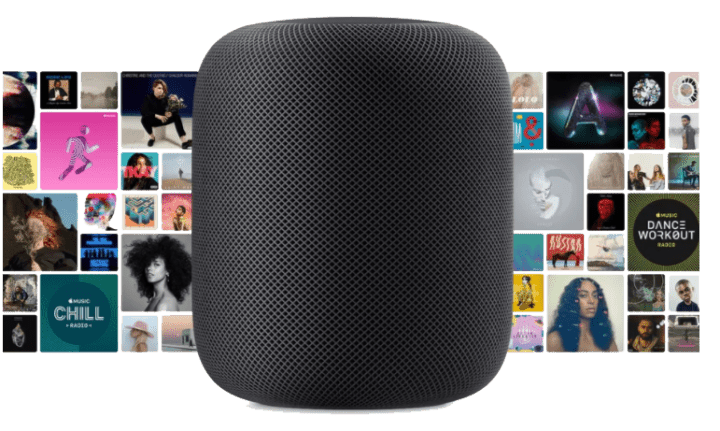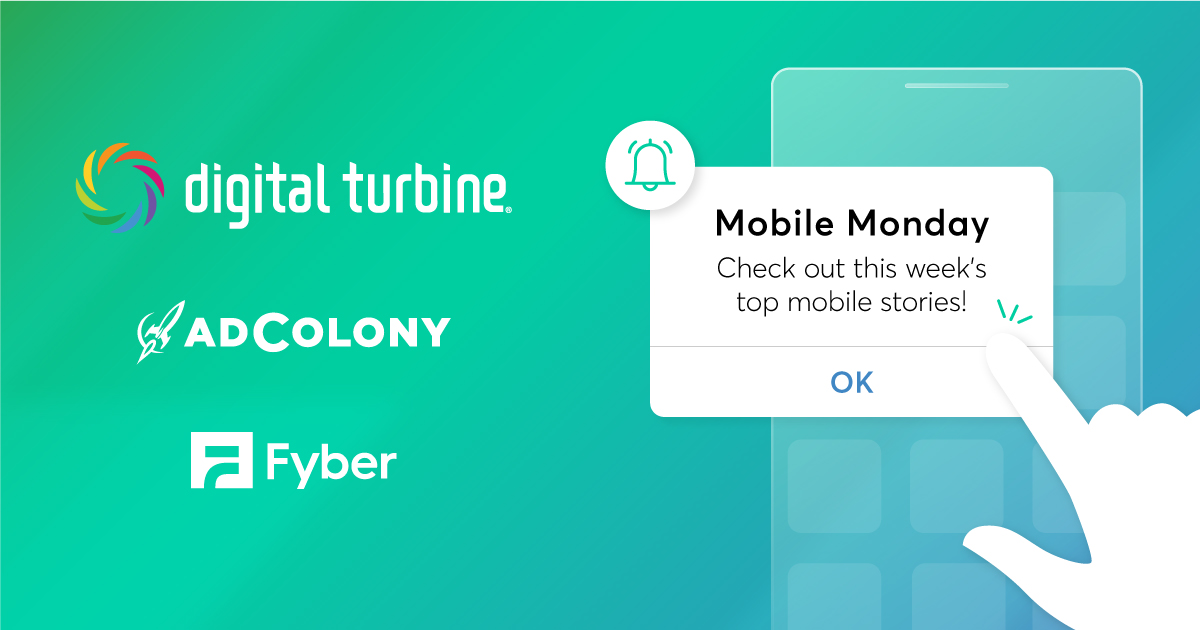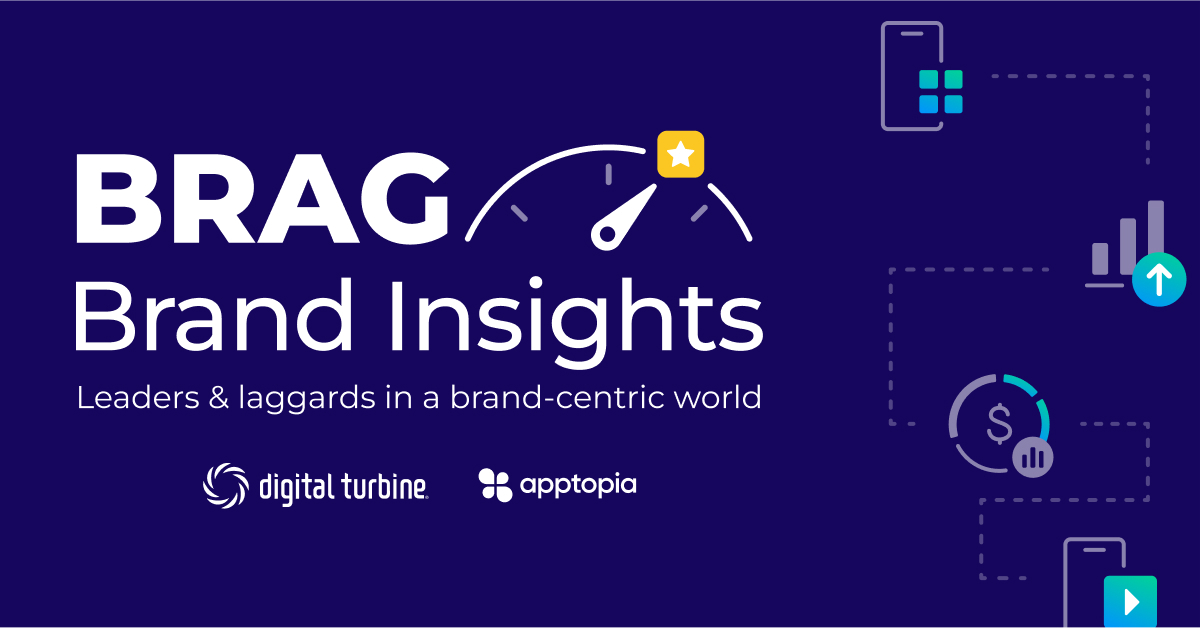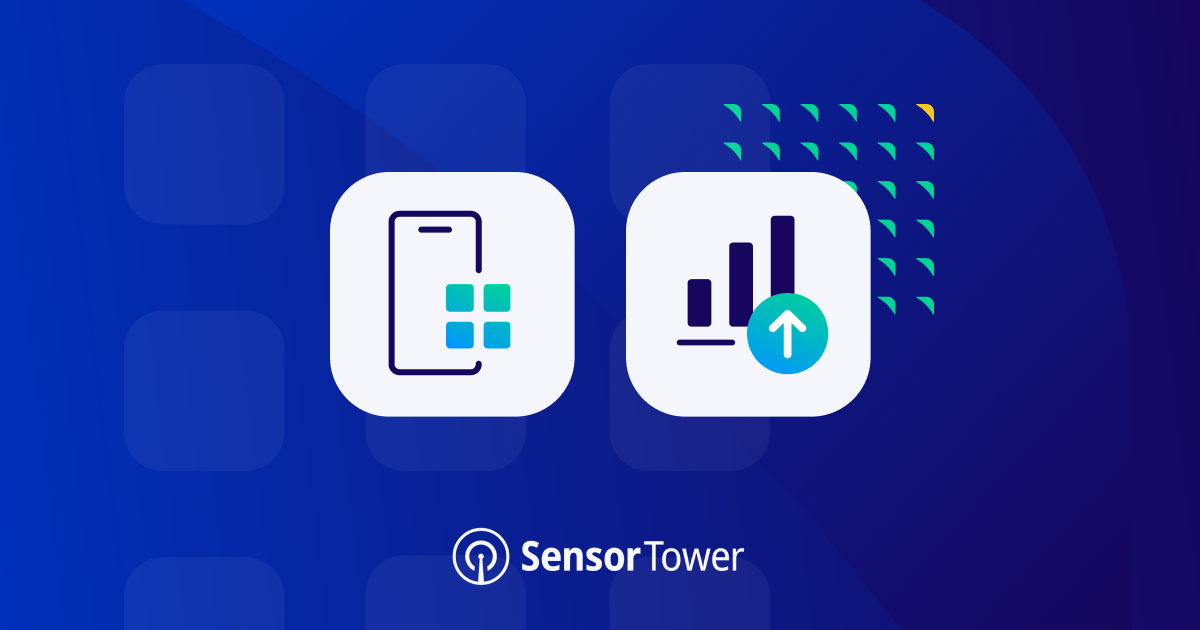Yesterday Apple kicked off Worldwide Developer Conference 2017 with its traditional keynote, providing updates on its product and software alike. Unveiling new features to make life better for its developer community is what WWDC is all about, so what’s next for developers, publishers, and advertisers? Time for a hot take.
While HomePod is exciting and all, it’s the developer tools and improvements to iOS, alongside a new look for the App Store that will have the biggest impact on Apple’s biggest asset (other than the giant spaceship they’re building) — its large, strong, and dedicated developer community.
A Redesigned App Store
Apple’s modest, black-bedecked stage in San Jose’s McEnery Convention Center perfectly paralleled Apple’s newest clean, straightforward ground-up redesign of the App Store.
Launching with iOS 11, the complete overhaul to the App Store on iPhone and iPad will have a new design that will look familiar to users of Apple Music. The redesigned store page for each apps will include more detailed information, more prevalent screenshots, more videos, and of course a purchase button.
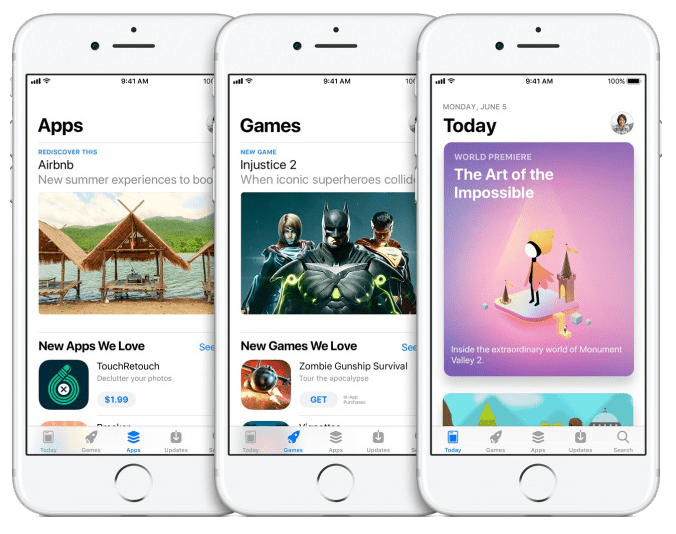 Most importantly for developers, the store will now feature new tabs for App of the Day, Game of the Day, and The Daily List. These improved visibility options will make it easier for users to discover new apps on a daily basis. Of special note is that Apple is placing a greater emphasis on games than they have previously. Even though Apple has touted games on the App Store at events and in advertising, games have always been “just” a category within the list of other app verticals.
Most importantly for developers, the store will now feature new tabs for App of the Day, Game of the Day, and The Daily List. These improved visibility options will make it easier for users to discover new apps on a daily basis. Of special note is that Apple is placing a greater emphasis on games than they have previously. Even though Apple has touted games on the App Store at events and in advertising, games have always been “just” a category within the list of other app verticals.
Apple is officially recognizing that Apps aren’t just Today’s Primetime, but that as the number one money-maker for developers, they deserve a more prominent billing in the App Store.
Combined with the Indie Game Storefront (though we don’t yet know how it will make the transition), Apple’s commitment to keeping the App Store charts shaking and accessible to developers of all sizes has never been more evident.
Although app install marketers may be dying to know exactly what it will take to be featured as the App or Game of the Day, it’s a good bet it won’t be publicized in Apple’s developer documentation.
Machine Learning APIs & Metal 2
Also announced are a set of APIs designed around machine learning to make it easier for developers to incorporate some advanced functionality into their apps.
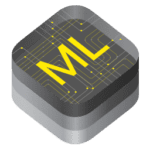 This suite of APIs called “Core ML,” means all the complicated machine learning and battery-intensive processes that currently have to be downloaded and run as part of an app can be run directly from iOS.
This suite of APIs called “Core ML,” means all the complicated machine learning and battery-intensive processes that currently have to be downloaded and run as part of an app can be run directly from iOS.
The features of Core ML are actually already used throughout Apple’s products, and the APIs are effectively Apple sharing it for developers to take advantage of via Vision, Natural Language, and other APIs built around Core ML.
All of this means smaller, more battery efficient apps. With these APIs as part of iOS itself, apps like SnapChat won’t need to include their facial recognition libraries as part of the app package.
Core ML functions also take place totally on a user’s device with data privacy across Apple’s platforms. All that face-scanning and deep thinking isn’t going to be uploaded to Apple for dissection and experimentation.
Apple continues to make it easy to people to make apps for its platforms with Metal 2, the successor to Apple’s very popular hardware graphics acceleration API. Metal 2 provides near-direct access to the graphics processing unit (GPU), enabling developers to maximize the graphics and compute potential of apps.
In addition to being more powerful, Metal 2 also gives developers access to support external GPU’s and virtual reality. Metal 2 brings Apple back to a competitive place been missing from while PC companies have driven support for VR.
We’re looking forward to the amazing and beautiful new apps and games that come from more powerful graphics processing with Metal 2, but hardware accelerated ad experiences will grow into their own with such straightforward tools baked into the operating system of Apple’s devices.
With real GPU acceleration available without extra SDK weight, HD video ads will need more high-concept creative to stand out, and lower-quality streaming video ads will show their latency more than ever. Playable ads can be true demos of the apps they’re advertising for, rather than simple overlays that are sometimes touted as “playables.”
Regardless of the use case, Metal 2 is another step in the right direction for Apple and makes another strong case that Apple is jostling for best platform for developers.
ARKit
Augmented Reality (AR) has had a bit of a banner year for development. On top of Google unveiling its impressive Google Lens functionality, Apple also announced: “the largest AR platform in the world” — ARKit.
In perhaps the WWDC keynote’s most impressive demo, Craig Federighi showed off features of the enhanced AR integration on an iPhone, placing items on a table in real time. The demonstration is done using a test app created by Apple, and now available for developers.
In another example by Sir Peter Jackson’s studio Wingnut AR, a user walked around an empty table — but viewing the table though an iPad, a whole futuristic settlement appeared, along with raiders and space fighters duking it out in the skies.
Like Core ML, thanks to ARKit’s integration within iOS, users won’t need any special equipment and developers won’t need to bloat their app with extensive libraries to take advantage of augmented reality on Apple devices.
Developers and users can look forward to taking advantage of as both a tool for better and unique games (board games!) to architecture and beyond.
both a tool for better and unique games (board games!) to architecture and beyond.
On the advertiser side, brands will be able to show off exactly how furniture will look in your apartment, or how you’ll look in those pants, without relying on developers having to implement a bulky SDK.
Perhaps Pokémon Go will finally look like those launch trailers promised?
Everything Else
That’s not all though.
On top of the delicious developer focused details and the aforementioned HomePod, Apple announced new iMacs including an iMac Pro, new MacBook Pros, new video format support, including a new standard to try and replace JPEG, and new productivity features for iOS on iPad. The latest version of OS X, High Sierra also made its debut, with a few improvements over the current version of the Mac operating system.
Apple engineers and the extensive development community will be in San Jose all week, with workshops, lessons, and panels about Mac, iOS, tvOS, and watchOS development. The talks aren’t just about development and apps though — later today, Michelle Obama will also address attendees during a fireside chat, “She’ll talk about empowering people from all walks of life.”
Apple’s iterative improvements on a clean black stage were a stark contrast to Google’s outdoor concert venue, but WWDC kicked off with just as much promise as Google IO. With Apple’s improvements to developer quality-of-life and improvements up and down iOS 11, we’re excited to see what great new ideas crop up in the redesigned App Store soon!
Join the Conversation
Are you on the ground at WWDC? Let us know the coolest lesson you’ve learned or the most impressive announcement! Tweet it to @AdColony. For the latest AdColony mobile news and updates, follow @AdColony on Twitter, like us on Facebook, or connect on Linkedin.
- Effectively Scaling Apps – The Myth of the Whale Busted - May 17, 2022
- How to Maximize and Optimize Engagement in Your App - May 5, 2022
- Offer Walls for App Monetization: Everything You Ever Wanted to Know - April 14, 2022
